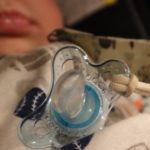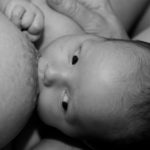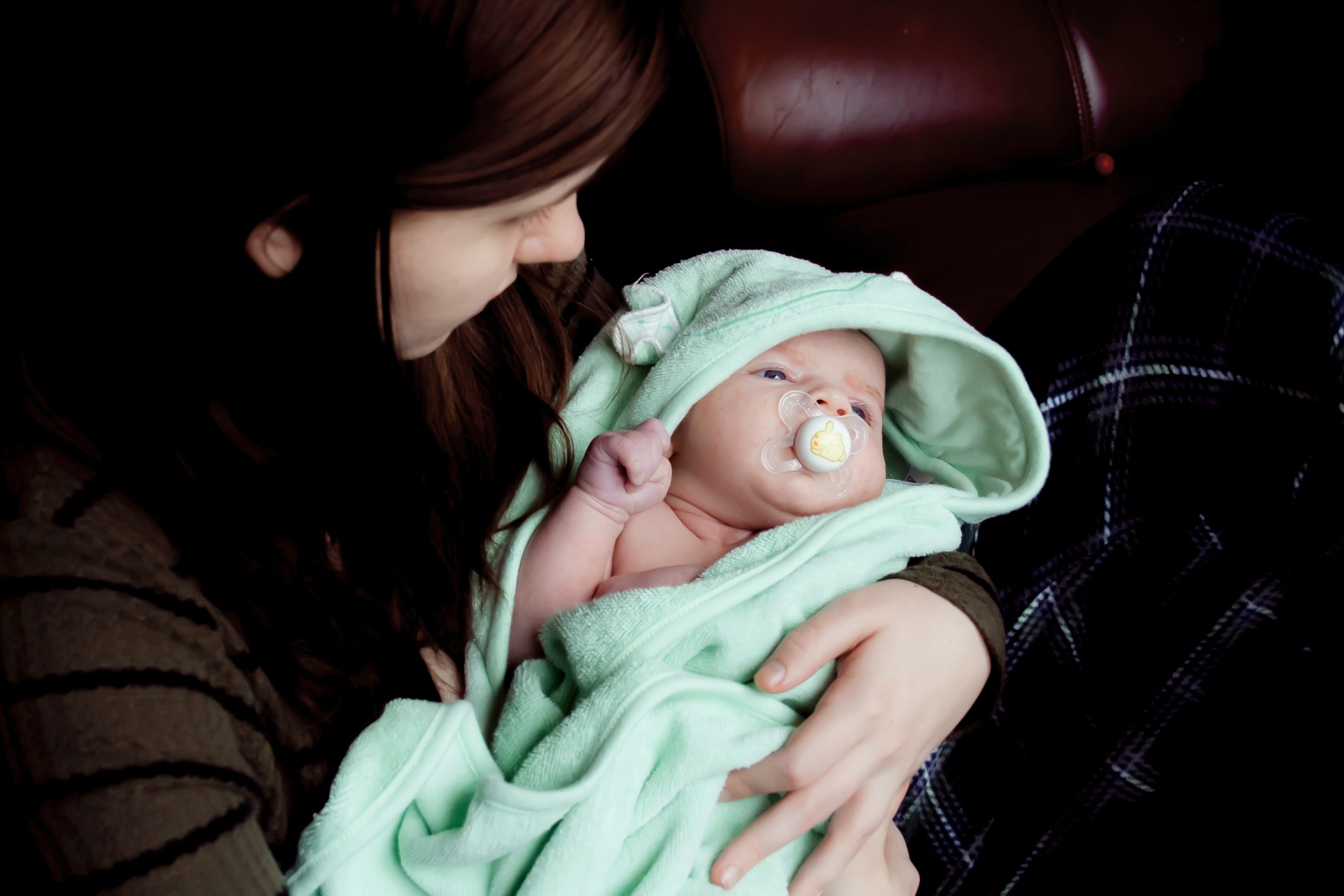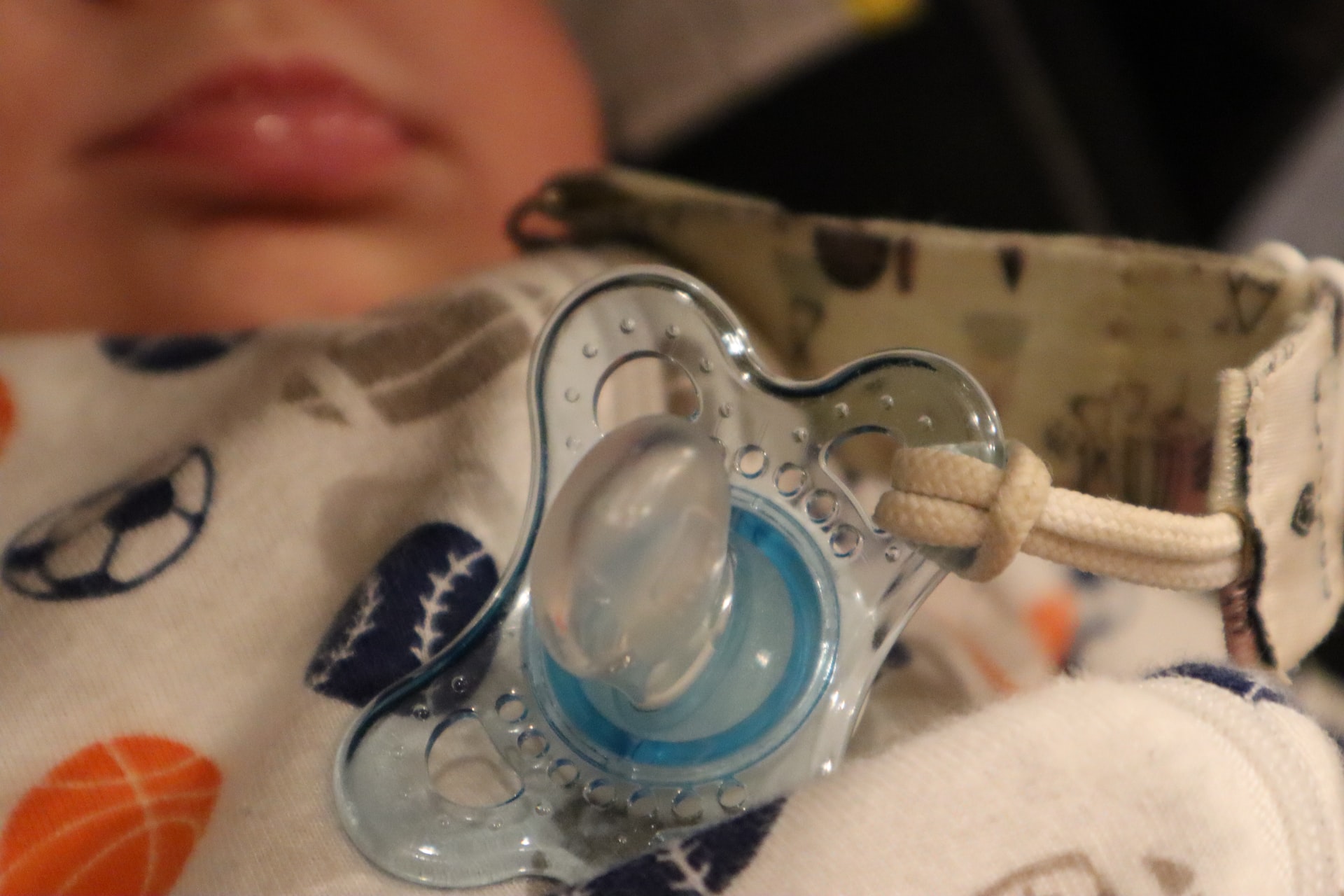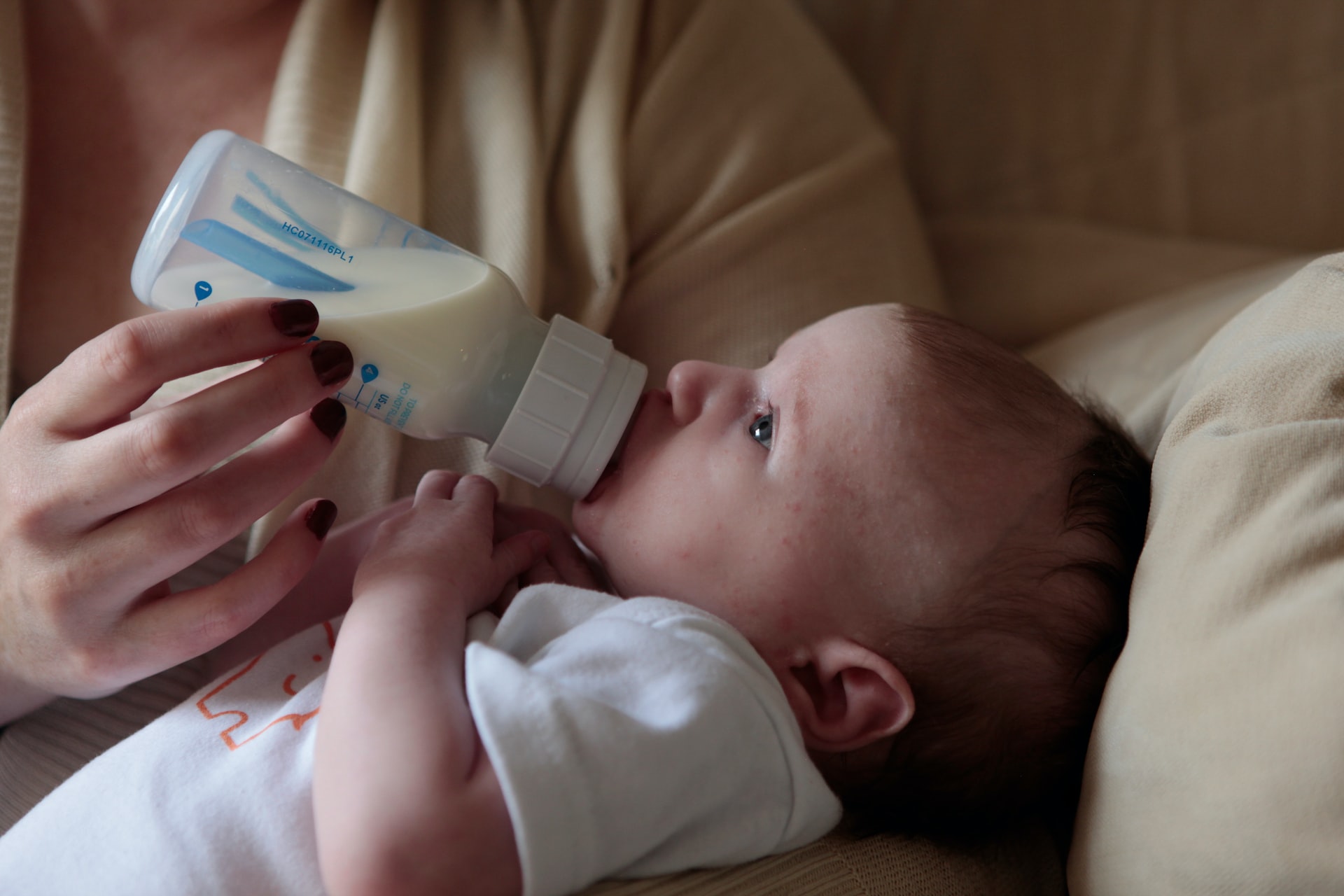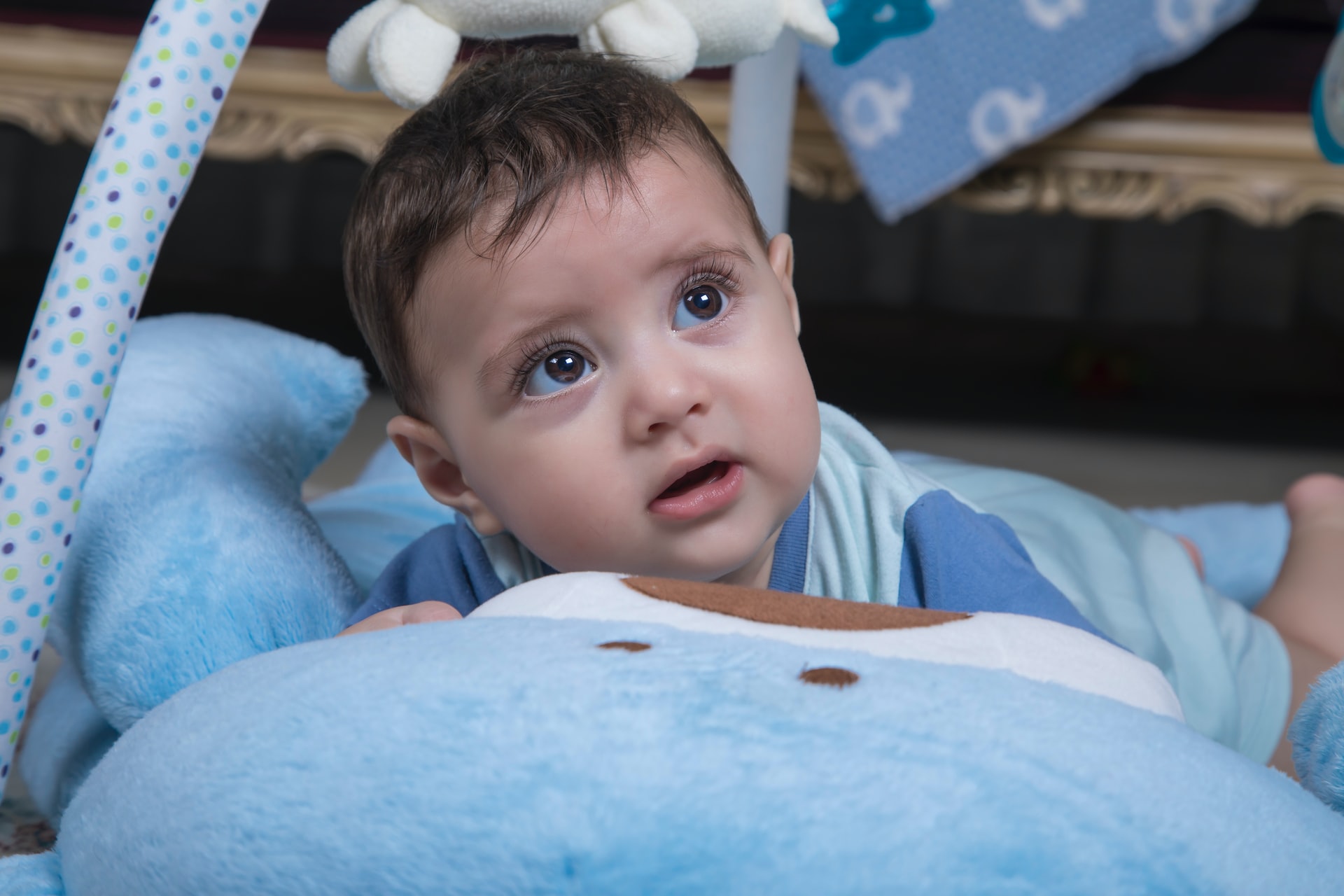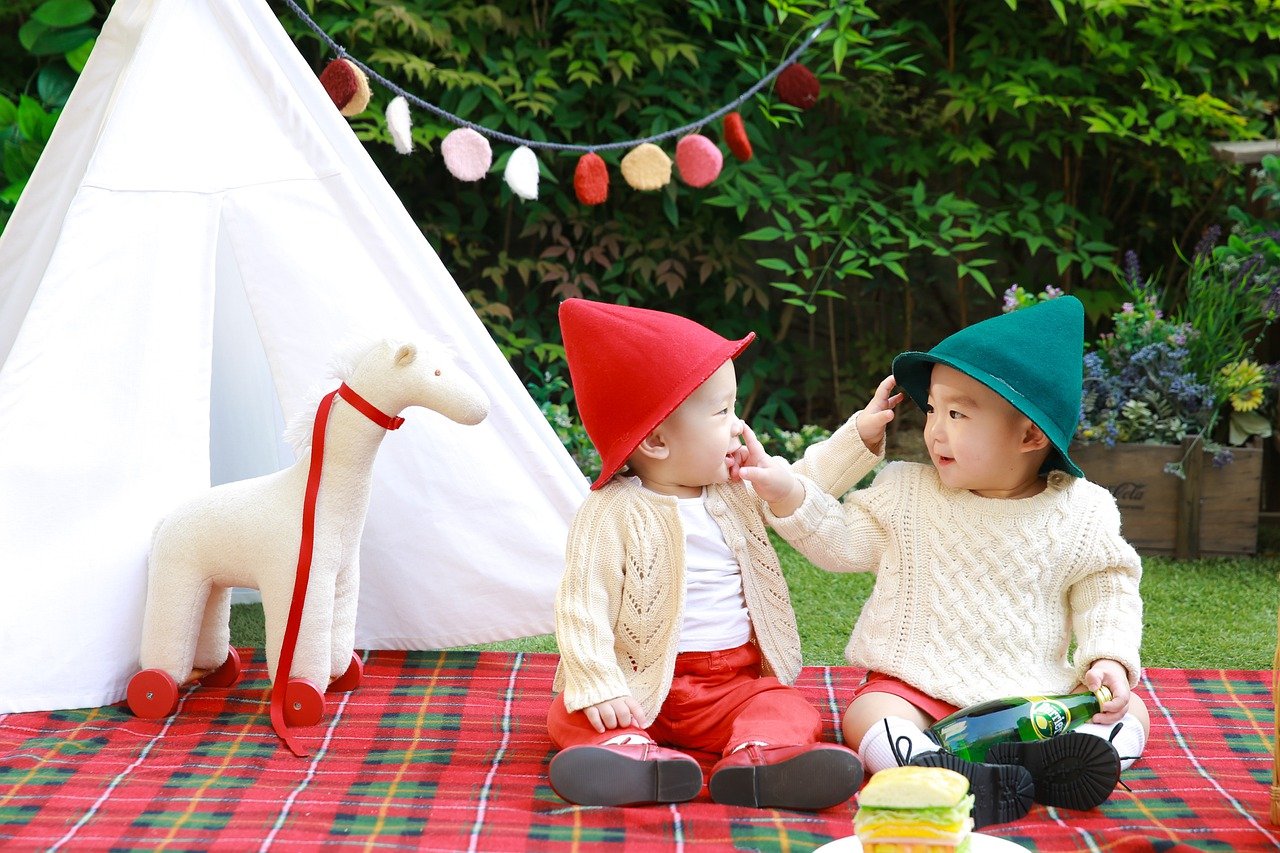When your baby is young and cannot yet speak, a pacifier can help ease the pain of teething. My kids were so annoyed at their new teeth they would scream for what seemed like hours.
But what happens if your baby loses the pacifiers you bought? How many pacifiers do I need? You may be thinking that they aren’t expensive, so surely you can just go and buy another one.
However, that isn’t as simple as it sounds. That’s because there are many different types of pacifiers on the market, and each of them has its own pros and cons. How can you know which one is right for your baby?
Keeping your baby happy and comfortable is a top priority, which is why they’ll probably spend a lot of time with their pacifiers. After all, it’s the one thing that will always put them to sleep.
Fortunately, there are many different options when it comes to choosing the perfect pacifier for your little one. The type of material, shape and even color can all be different depending on your preference. However, the most important factor you’ll need to consider is how many pacifiers you’ll need at once. Because let’s face it – you don’t want to be running back and forth from the nursery trying to find another one when yours is about to get gross.
Table of Contents
- What Is A Pacifier?
- Why Do Babies Need Pacifiers?
- How Many Pacifiers Do I Need For My Baby?
- How To Clean And Maintain Pacifiers?
- When To Give Up The Pacifier?
- Choosing The Best Pacifier For Your Baby
- Final Words From Sharon Dunn
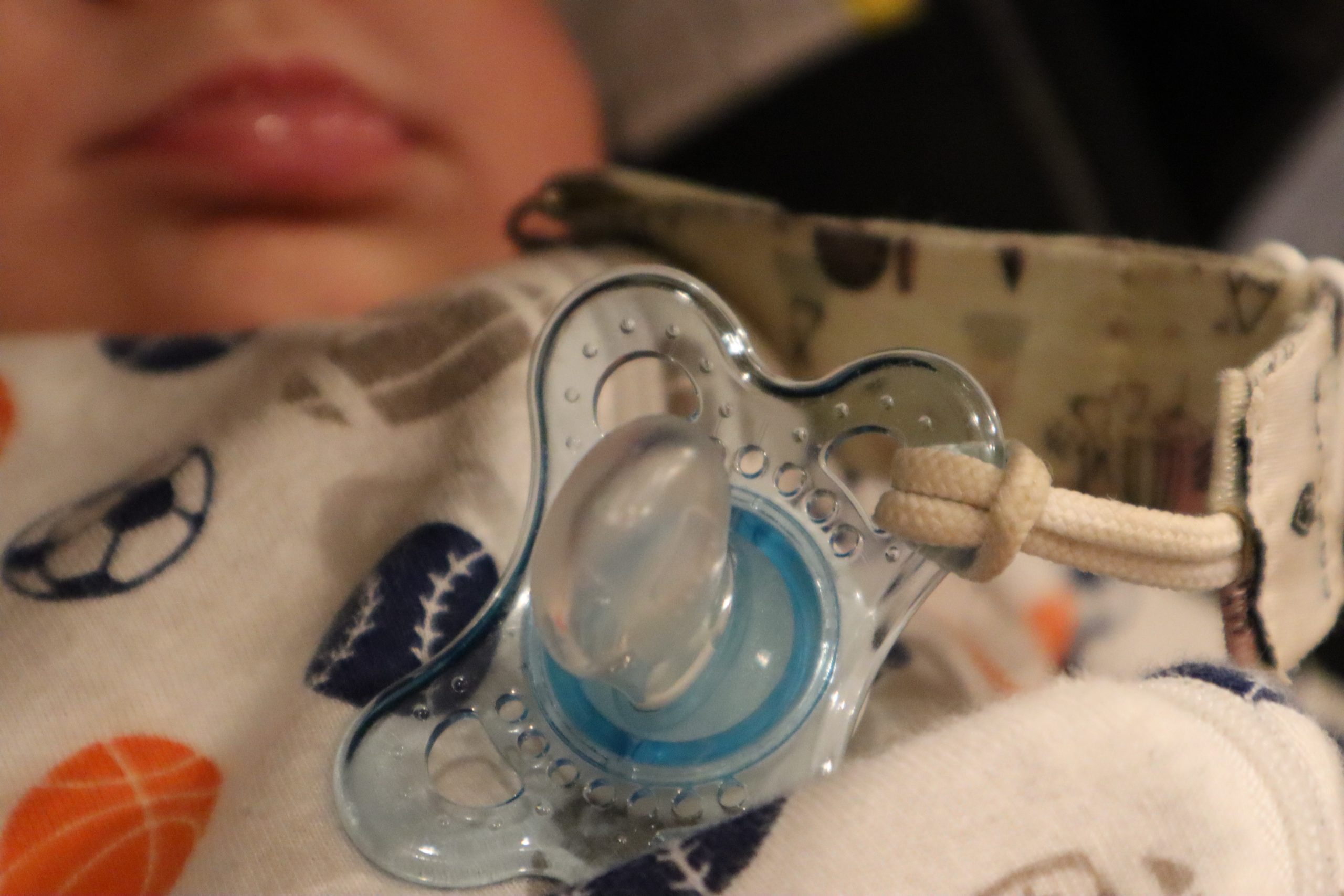
What Is A Pacifier?
A pacifier is a small, rubber, or plastic nipple that is placed in the baby’s mouth to suck on. It is held in place by a ring or shield, and some have a handle to help the baby hold onto it. Pacifiers come in different sizes, shapes, and colors—but they all serve the same purpose: to soothe and comfort your baby.
There are three main types of pacifiers: latex, silicone, and plastic. Latex pacifiers are made of natural rubber and are soft and flexible. Silicone pacifiers are made of synthetic rubber and are firm but flexible. Plastic pacifiers are made of hard plastic and are firm and inflexible.
Each type of pacifier has its own pros and cons. Latex pacifiers are the most natural option, but they can cause allergies in some babies. Silicone pacifiers are more durable, but they can become brittle and break over time. Plastic pacifiers are the most durable, but they can be difficult for your baby to hold onto.
Why Do Babies Need Pacifiers?
Babies need pacifiers for a number of reasons. First, they help to relieve the pain of teething. When your baby is teething, its gums are sore and inflamed. Sucking on a pacifier can help to ease this pain.
Second, pacifiers provide comfort for your baby. If your baby is upset or crying, a pacifier can help to calm them down. This is because sucking is a natural calming reflex for babies.
Finally, pacifiers can help to reduce the risk of Sudden Infant Death Syndrome (SIDS). Studies have shown that babies who use pacifiers are at a lower risk of SIDS.
How Many Pacifiers Do I Need For My Baby?
I would have 6 pacifiers ready to go. Some for upstairs. Some for downstairs. An extra in the diaper bag. But that is just my personal preference. Many parents, as you can read below, do not need that many.
The number of pacifiers you need will depend on a few factors, including your baby’s age and how often they use a pacifier. If your baby is younger than six months old, you will probably need two or three pacifiers. This is because babies at this age tend to lose their pacifiers often.
If your baby is older than six months, you may only need one pacifier. This is because older babies are better at holding onto their pacifiers and are less likely to lose them.
Finally, if your baby only uses a pacifier occasionally, you may only need one or two. However, if your baby uses a pacifier all the time, you may need more.
How To Clean And Maintain Pacifiers?
It’s important to clean and maintain your baby’s pacifiers to prevent the spread of germs. Before giving your baby a pacifier, always wash your hands thoroughly. You should also wash the pacifier in warm soapy water. Get it clean!
After each use, be sure to inspect the pacifier for any signs of wear and tear. If the pacifier is damaged, throw it away and replace it with a new one. Finally, it’s important to store your baby’s pacifiers in a clean, dry place. You should also avoid sharing pacifiers with other children, as this can spread germs.
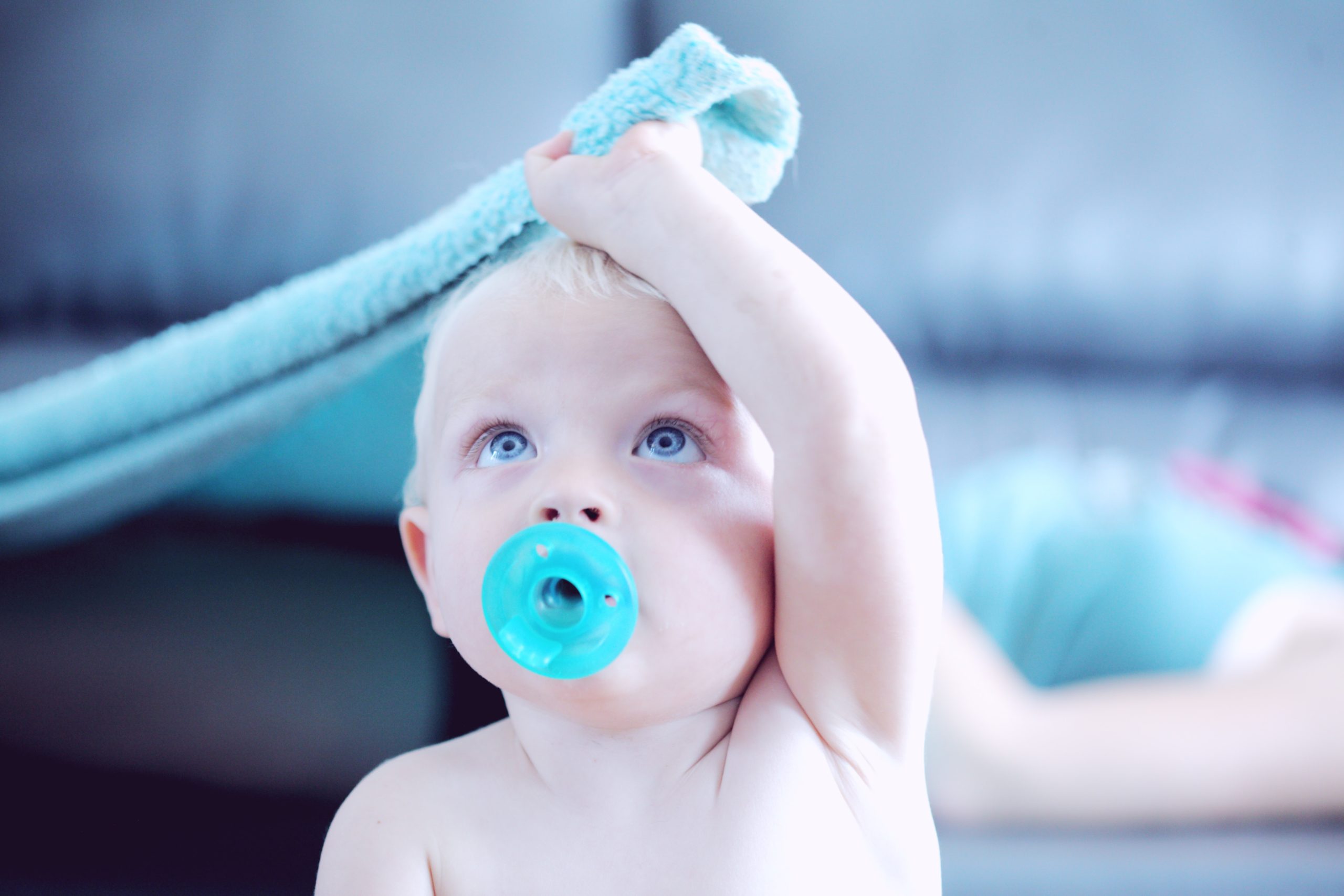
When To Give Up The Pacifier?
Most experts recommend that you begin weaning your baby off of their pacifier around six months old. This is because sucking on a pacifier can interfere with the development of your baby’s teeth and jaw.
If you want to wean your baby off of their pacifier sooner, you can try reducing the amount of time they use it each day. For example, if your baby typically uses a pacifier for two hours a day, you can reduce this to one hour, then down to 30 minutes.
You can also try giving your baby their pacifier only during certain times of the day, such as when they are going to sleep or when they are upset. Moreover, you can try to replace the pacifier with another comforting object, such as a stuffed animal or a blanket.
Choosing The Best Pacifier For Your Baby
When choosing a pacifier for your baby, it’s important to consider a few factors. First, you need to decide what material you want the pacifier to be made of. As we mentioned earlier, there are three main types of pacifiers: latex, silicone, and plastic.
Each type of pacifier has its own pros and cons. Latex pacifiers are the most natural option, but they can cause allergies in some babies. Silicone pacifiers are more durable, but they can become brittle and break over time. Plastic pacifiers are the most durable, but they can be difficult for your baby to hold onto.
You should also consider the size of the pacifier. Most pacifiers come in two sizes: small and large. Small pacifiers are typically for babies 0-6 months old, while large pacifiers are for babies 6-18 months old.
Finally, you need to decide what shape you want the pacifier to be. The two most common shapes are nipple and button. Nipple pacifiers are typically for babies 0-6 months old, while button pacifiers are for babies 6-18 months old. But do not be afraid to mix it up to what works for your baby!
Final Words From Sharon Dunn
Pacifiers can be a great way to soothe your baby and reduce the risk of SIDS. However, it’s important to choose the right pacifier for your baby and to clean and maintain it properly. Most babies will outgrow their need for a pacifier by six months old. But if you want to wean your baby off of their pacifier sooner, you can try reducing the amount of time they use it each day.
READ MORE:


